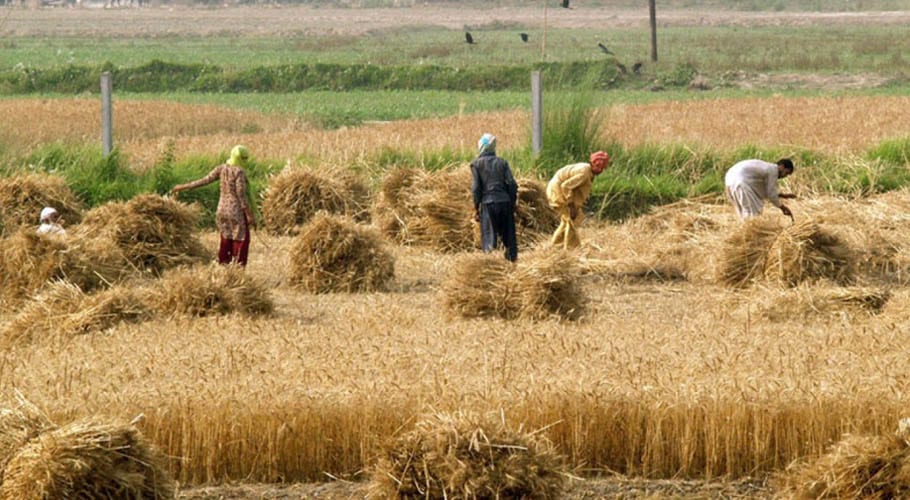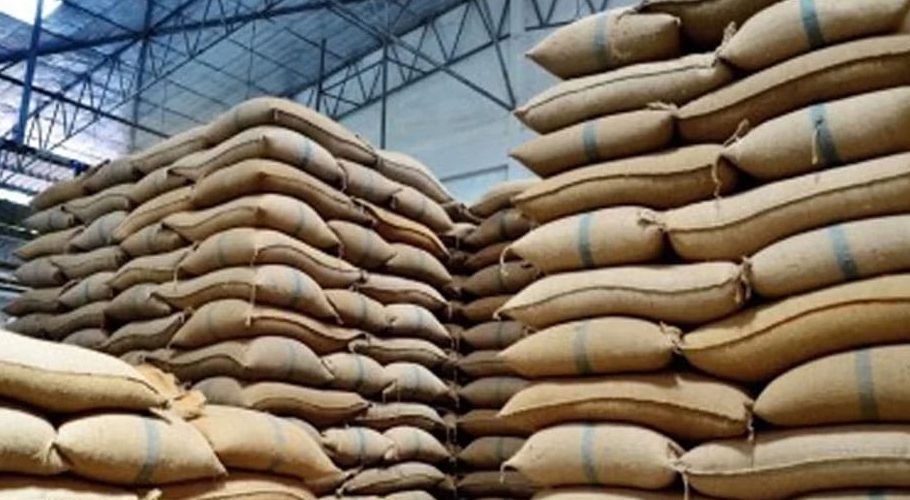ISLAMABAD: The National Assembly Special Committee on Agricultural Products has said that transformation and value addition is required in the agriculture sector for achieving growth rate of 7.5 percent by fiscal year (FY) 2027-28.
The committee noted that the overarching objective to achieve agriculture growth rate of 7.5 percent and sustained by producer-owned integrated market-based value chains that gives incentive to producers to continue investing in modern and climate-smart production technologies, expansion of cultivated land area and value-added activities.
The National Assembly Special Committee on Agricultural Products chaired by the Speaker National Assembly Asad Qaiser presented an integrated structural reform oriented agricultural growth strategy for the next seven years.
The presentation was made to a committee of the cabinet working on the new agriculture package. Asad Qaiser called for a close scrutiny of the entire strategy to build national consensus on the proposed agricultural growth strategy. He added the strategy would be presented to the prime minister and subsequently the report would be placed in the National Assembly for debate.
The chief components of the strategy included Special initiatives for Balochistan, South Punjab, KP, Tharparkar, Cotton Revival program, Oilseed Development, Low-Cost Refinance Line of Credit and Credit Enhancement for Digital Production Finance, Digitization of Demand-Driven Extension Content and Integrated Seed System.
It also includes Agriculture Climate Change Insurance Pool (Farmer Risk Transfer Mechanism/Satellite-based Crop Reporting), Establishment of Agriculture Development Authority for Coordination of Reform Implementation, linkages with Ehsaas, Kamyab Jawan and China Pakistan Economic Corridor (CPEC) and incentives for promoting investment in warehousing, contract farming and farmers produce organisations.
The Convener of the Sub-Committee Shandana Gulzar Khan briefed the meeting on agricultural growth strategy and the structure of Pakistan’s agriculture sector.
She highlighted that that the overarching goal of the proposed strategy is to boost agricultural exports, accelerate rural-development driven economic growth, reduce rural poverty, enhance financial and gender inclusion in the agricultural sector.
Drawing upon historical data, she explained that the inconsistent growth patterns of the agricultural sector reveal the lack of consistency in policy and planning for the sector.
She further added that the proposed model envision a pro-poor growth strategy focusing on transformation of the business model of the 7.4 million small farmers who cultivate 48 percent of the total cultivable land.
She stated that the business model of the smallholder farmers has low bargaining power, low access to finance, low yields, fragmented market segment, lack of access to competitive markets and high production cost hindering the modernization of the agriculture sector.
Shandana Gulzar further added that the proposed strategy is based on a multi-pronged three phased strategy seeks to transform Pakistan’s subsistence agriculture into modern, diversified, competitive and high-value agriculture focused on productivity and profitability of the smallholder farmers.
She explained the objective of the plan is to accelerate the modernisation of the agriculture sector so that the sector can generate resources for the sustained development of the economy with a high degree of self-reliance.
She added that the proposed program would complement the prime minister’s initiatives for the agriculture sector. The meeting was attended by Shah Mahmood Qureshi, Ghulam Sarwar Khan, Syed Fakhar Imam and other MNAs.































